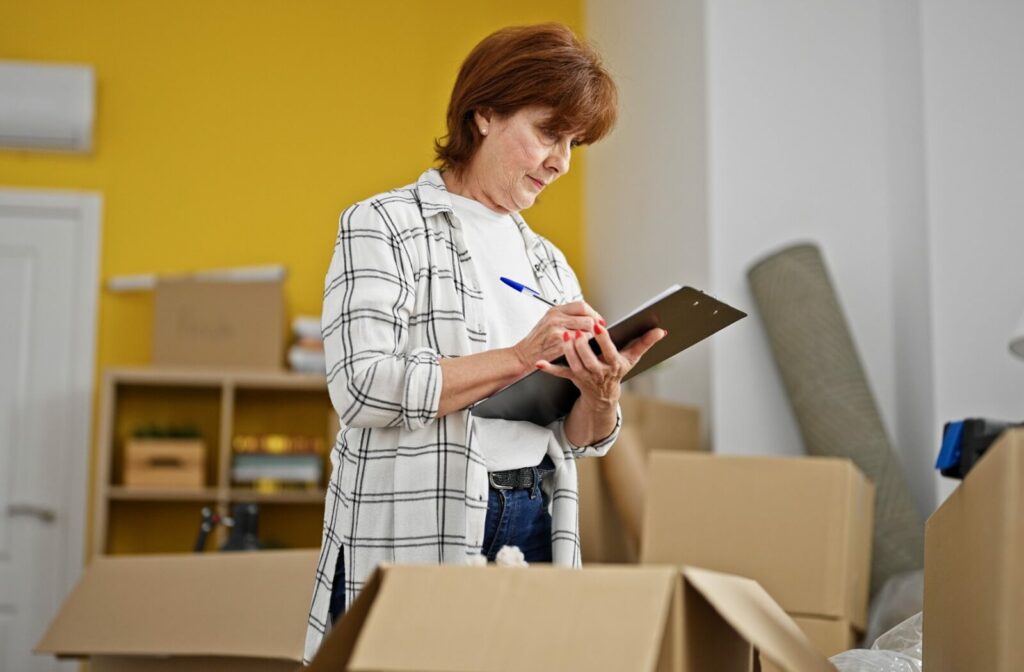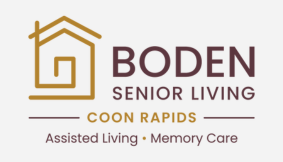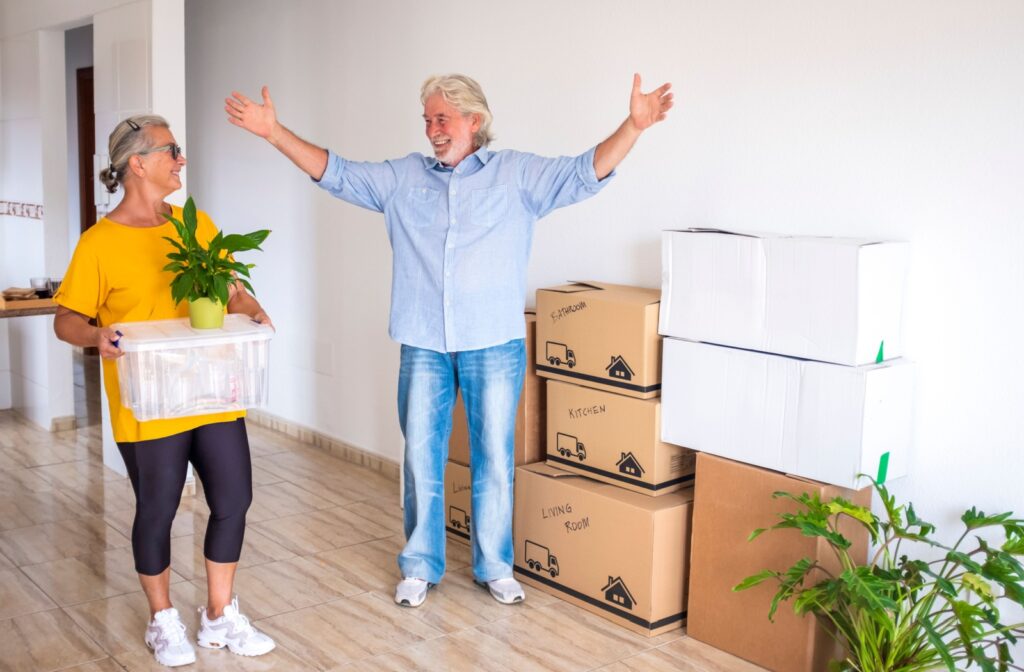Transitioning into assisted living is a significant life change for seniors and their families. While the process often involves a mix of emotions, careful planning can help ensure the experience is smooth, positive, and empowering. Referencing a checklist of steps to take or needed items to pack can make it easier to ensure you remember everything during your moving process.
What Is Assisted Living?
Assisted living is a long-term care option for seniors who require some help with daily tasks but still value their independence. These communities are designed to provide a supportive environment tailored to a senior’s needs while offering opportunities for social engagement.
Key benefits include access to 24/7 care, dressing or medication management assistance, and on-site amenities such as dining, fitness programs, and communal spaces.
When Is It Time for Assisted Living?
Deciding when assisted living is the right step can feel daunting. Signs it might be time include:
- Difficulty managing daily routines independently (e.g., cooking, cleaning, or personal care).
- Memory lapses that compromise safety, such as forgetting to turn off the stove.
- Mobility challenges leading to frequent falls or injuries.
- Social isolation or lack of access to meaningful relationships.
- Concerns over medication management or increasing health needs.
If you’re noticing these signs in yourself or a loved one, it may be time to explore options for assisted living.
Why Preparation Is Key
Moving into assisted living is more than a physical relocation—it’s an emotional and logistical shift. Early and thoughtful preparation can reduce stress, protect relationships, and help everyone involved feel confident in their decision. When the move is organized and proactive, transitioning into this new lifestyle can be an empowering experience rather than an overwhelming one.
How to Help a Parent Move Into Assisted Living
For families, helping a parent or loved one move into assisted living is a delicate process. Here’s a step-by-step guide to make the move as smooth as possible.
Step 1: Plan Ahead
Start discussions early so everyone involved has time to process the transition. Visit different assisted living communities to find the best fit and arrange for tours or virtual walkthroughs. When choosing, consider location, amenities, staff-to-resident ratio, and dining options.
Pro Tip: Create a timeline in advance, breaking tasks into manageable phases to avoid feeling overwhelmed.
Step 2: Start Downsizing & Packing Early
Assisted living accommodations are typically smaller than family homes, so downsizing is usually necessary. Focus on items that hold sentimental or practical value and consider donating or giving away belongings that aren’t needed.
Break the process into stages to make it less overwhelming. Start with non-essentials (seasonal decorations, extra furniture) and gradually work toward the rest.
Step 3: Keep Practicality in Mind
When deciding what to bring, consider your loved one’s comfort and daily routine. Essentials like comfortable clothing, toiletries, personal devices, and favorite books or hobbies should be prioritized. Include small decorative items (like framed photos or favorite furniture) to make the space feel like home.
Step 4: Collect & Secure Paperwork
Ensure you have all the necessary documents readily accessible, including medical records, insurance information, identification, power of attorney forms, and any agreements related to the assisted living community. Organize these in a folder or digital file to make referencing them quick and stress-free.
Step 5: Consider Hiring Professional Help
Professional services can make a world of difference in large-scale moves or emotionally overwhelming situations. Senior move managers or professional organizers specialize in transitions like this and can guide you through downsizing, packing, and unpacking.
Step 6: Stay Supportive & Visit Regularly
Adjusting to assisted living can take time. Show your support by being present, attentive, and understanding. Regular visits and consistent communication can ease the transition for your parent and allow them to feel your ongoing love and care.
Assisted Living Move-In Checklist

Here’s a practical checklist to ensure nothing is left behind during the move to assisted living:
Documents
- Photo ID (driver’s license or passport)
- Birth certificate
- Social Security Card
- Health Insurance and Medicare details
- Power of Attorney or legal forms
- List of emergency contacts and doctors
Personal Items
- Comfortable, everyday clothing
- Sleepwear and robes
- Shoes (including everyday slippers and specialty shoes if needed)
- Winter coats, scarves, and gloves (if applicable)
- Toiletries, skincare products, and favorite brands of personal care items
Comfort and Decor
- Family photos or keepsakes
- Favorite blankets and pillows
- A few cherished pieces of artwork or small furniture (if allowed by the community)
- Plants or other personal touches to brighten the room
Entertainment and Hobbies
- Books or e-readers
- Puzzles, crafts, or other favorite activities
- Technology devices (tablets, phones, or laptops), plus their chargers
- Headphones, radios, or Bluetooth speakers
Health and Medication Needs
- Prescriptions and over-the-counter medications (with written instructions if needed)
- Medical devices or equipment (hearing aids, canes, walkers, etc.)
- Copies of health records
Other Essentials
- Bedding (sheets, blankets, and pillows), if not provided by the community
- A calendar for marking visits or events
- A notebook or planner for making notes or tracking appointments
By checking off these items, you can ensure a more organized and seamless move into assisted living.
Making the Move a Positive Experience
Moving into assisted living doesn’t have to feel like “the end.” With careful preparation, open communication, and an encouraging mindset, it can mark the beginning of a new, fulfilling chapter of comfort and community.
Boden Senior Living in Coon Rapids is here to help you every step of the way. From tailored living options to supportive spaces, we’re dedicated to creating an environment where seniors thrive. Contact us today to learn how our community helps support seniors in making the most out of every day.




